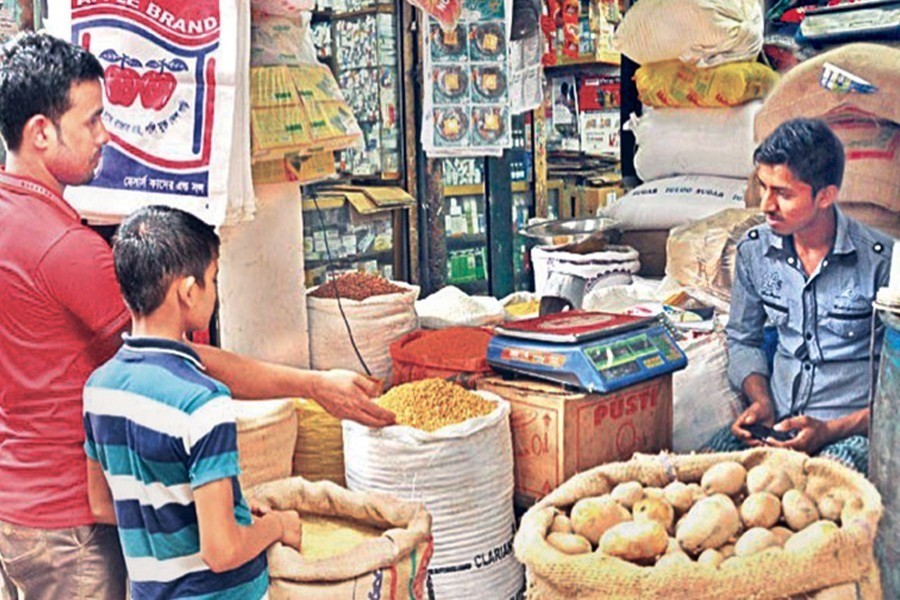The price spiral weighs on the economy as domestic consumption squeeze stymies manufacturing growth in Bangladesh, as is manifest in official data at the outset of this fiscal.
The country's major industrial production growth moderated below 4.0 per cent, year on year (YoY), in July, the first month of the current fiscal year (FY) 2022-23.
This monthly growth stands far below the last mark as it grew over 15 per cent in the whole of the past FY (Jul-June, 2021-22).
The high-frequency data depict the domestic consumption slowdown, while the external demand was up as apparel and textiles grew despite a global crunch, induced by the corona pandemic and the Ukraine war.
Bangladesh Bureau of Statistics or BBS prepares the index of medium-and large-scale manufacturing industries on a monthly basis, which contributes much to the country's economy.
The data, released last week, show that the growth in the industrial sector was just 3.38 per cent in July over the same month a year earlier.

The growth slowed across a spectrum of the manufacturing sector, covering food, the manufacture of leather and related products, of wood and wood products, and cork, and fabricated metal products except for machinery, electrical equipment, and the manufacture of transport equipment.
The leather manufacturers recorded the slowest growth at 43 per cent in July last over the corresponding period of last FY.
The growth in the manufacture of transport equipment was over 41 per cent, fabricated metal products except for machinery over 27 per cent, and the manufacturing of food products 20 per cent.
However, the manufacture of beverages, textiles, wearing apparel, paper and paper products, pharmaceuticals and medical equipment, basic metals, and manufacture of motor vehicles, trailers, and semi-trailers registered growth.
The manufacture of motor vehicles, trailers, and semi-trailers recorded the highest growth at 285.5 per cent followed by the manufacture of furniture.
The other top growing industrial sectors were the manufacture of beverages (24 per cent), the manufacture of wearing apparel (22 per cent), paper and paper products (nearly 17 per cent), and the manufacture of basic metals (nearly 11 per cent).
Domestic demand for consumer goods got dampened by price rises disproportionate to the common man's purchasing capacity. Apart from the global phenomenon of exponential inflation, many economists and analysts attribute the domestic dearth to price fixing by certain oligopolies.


